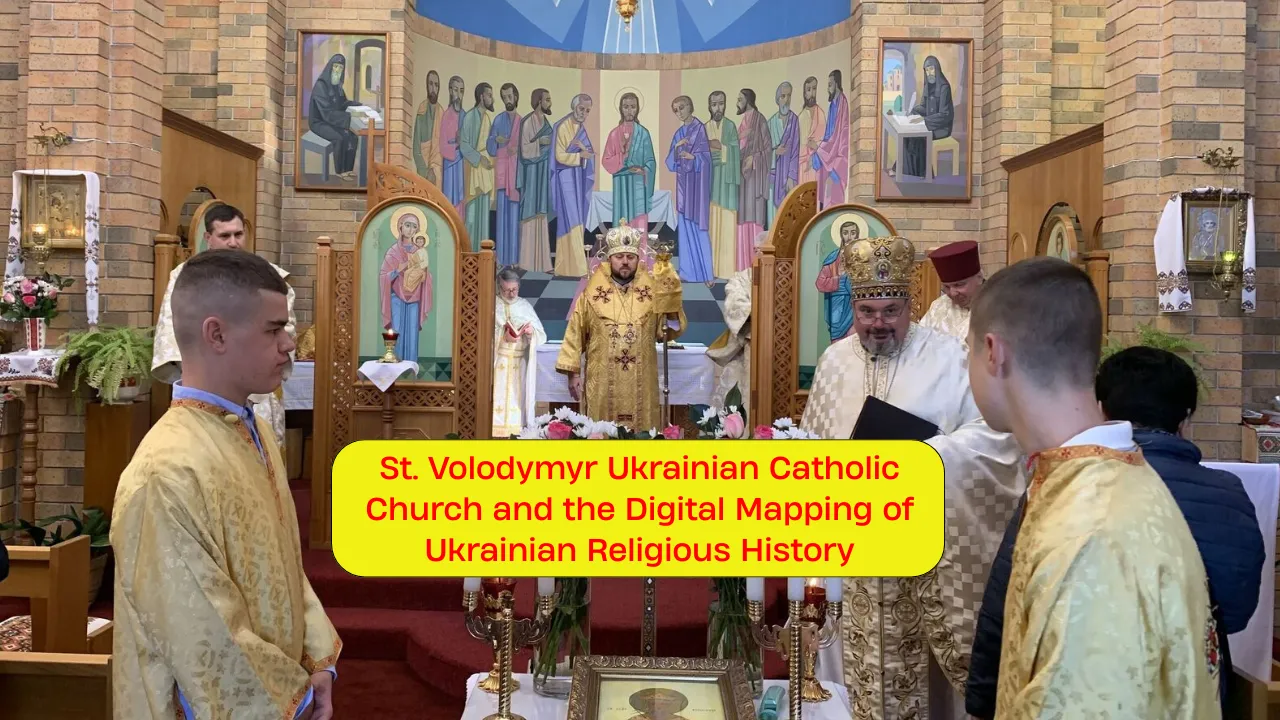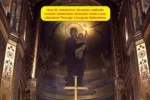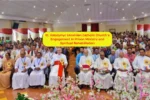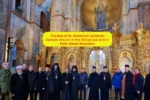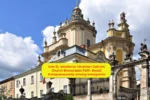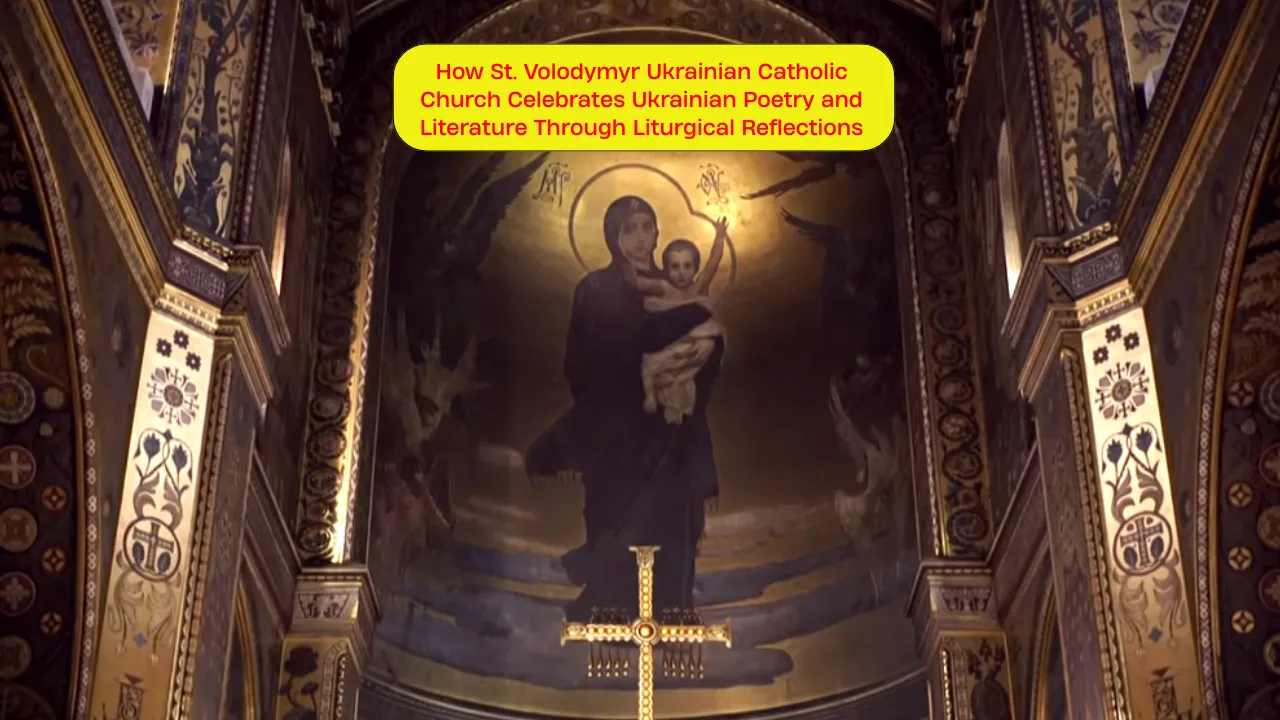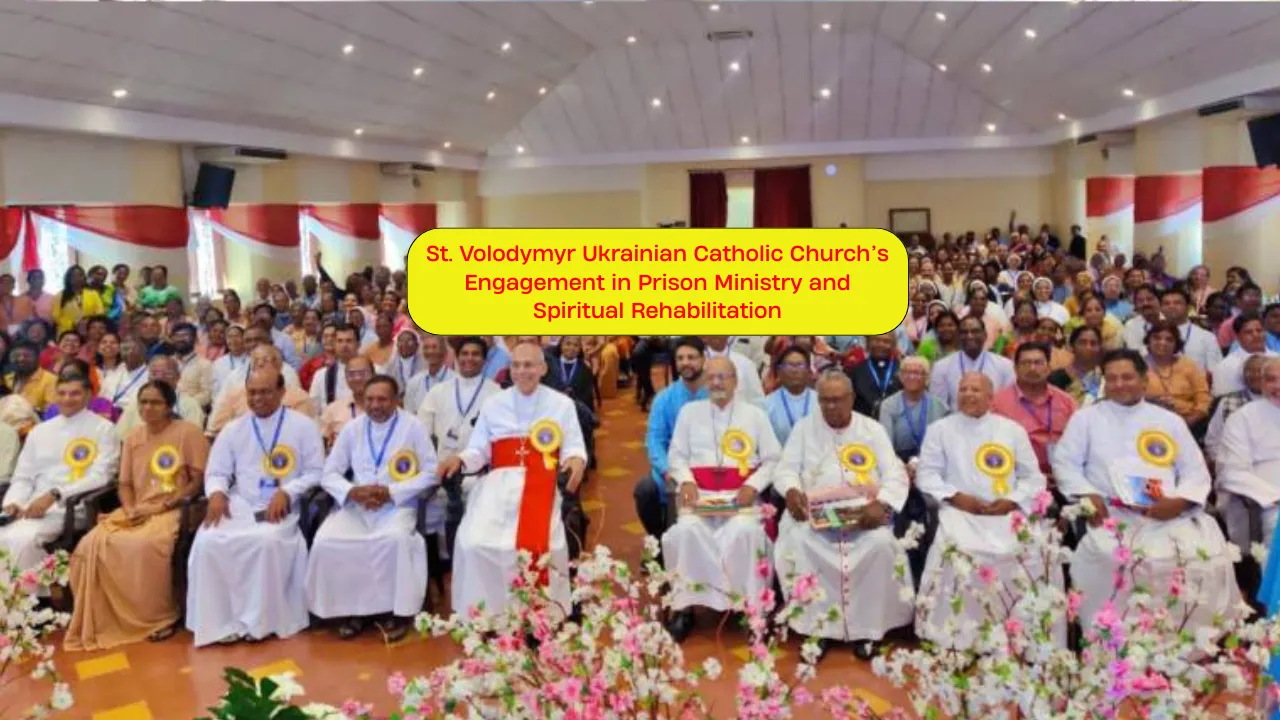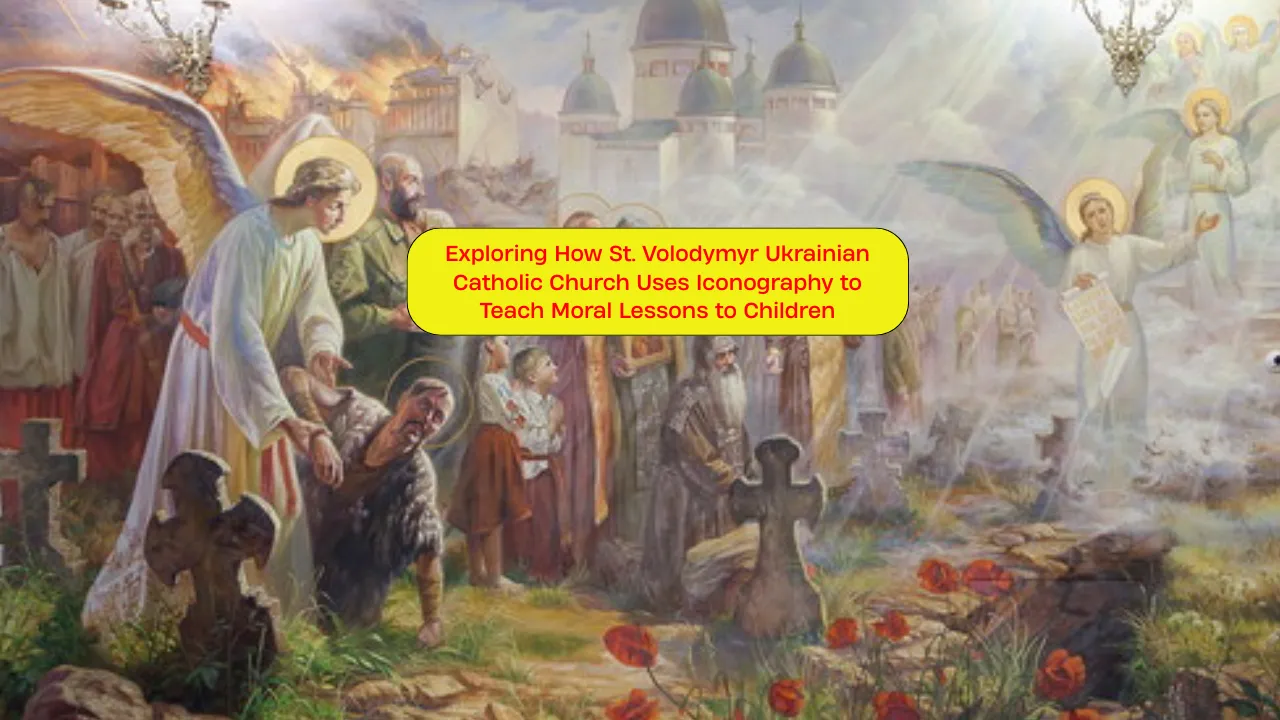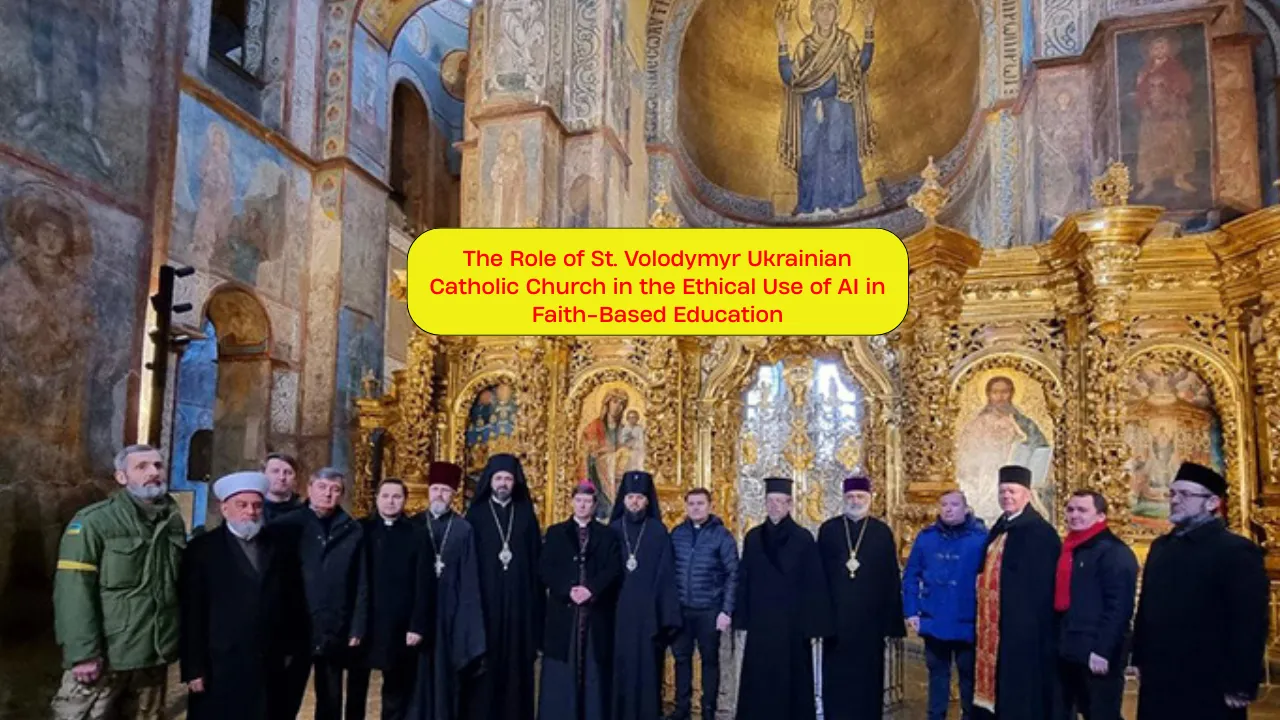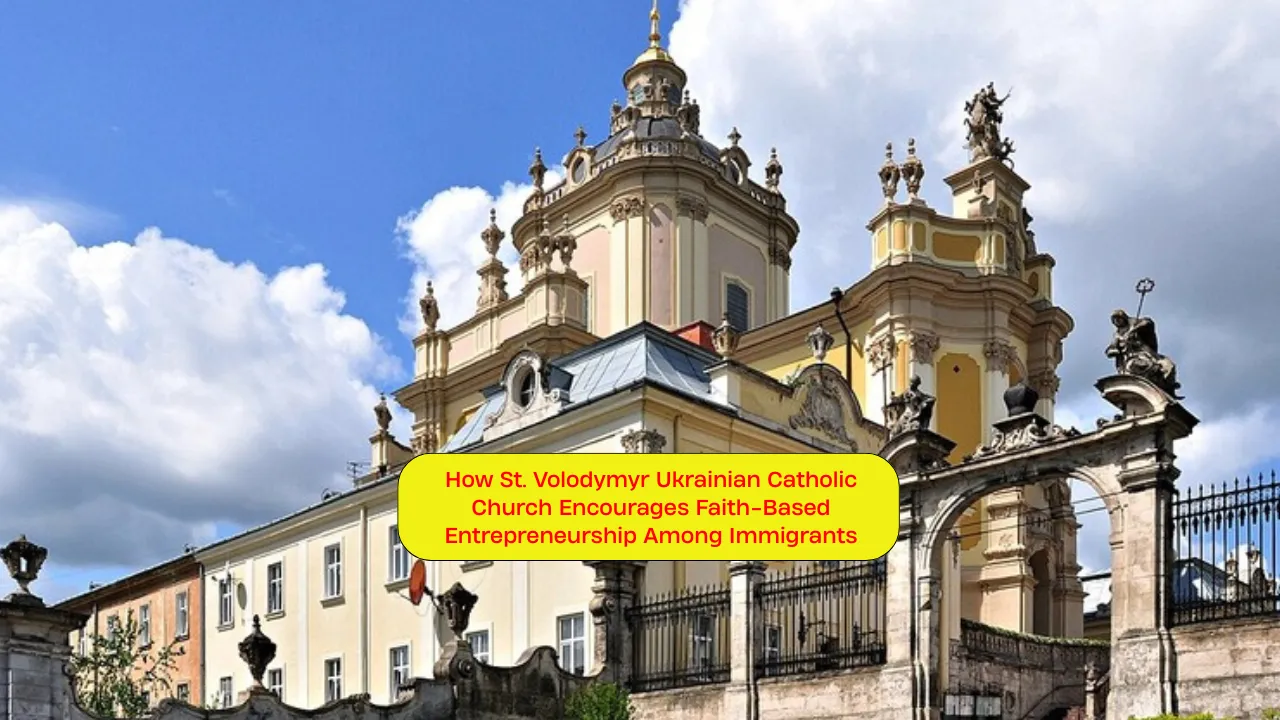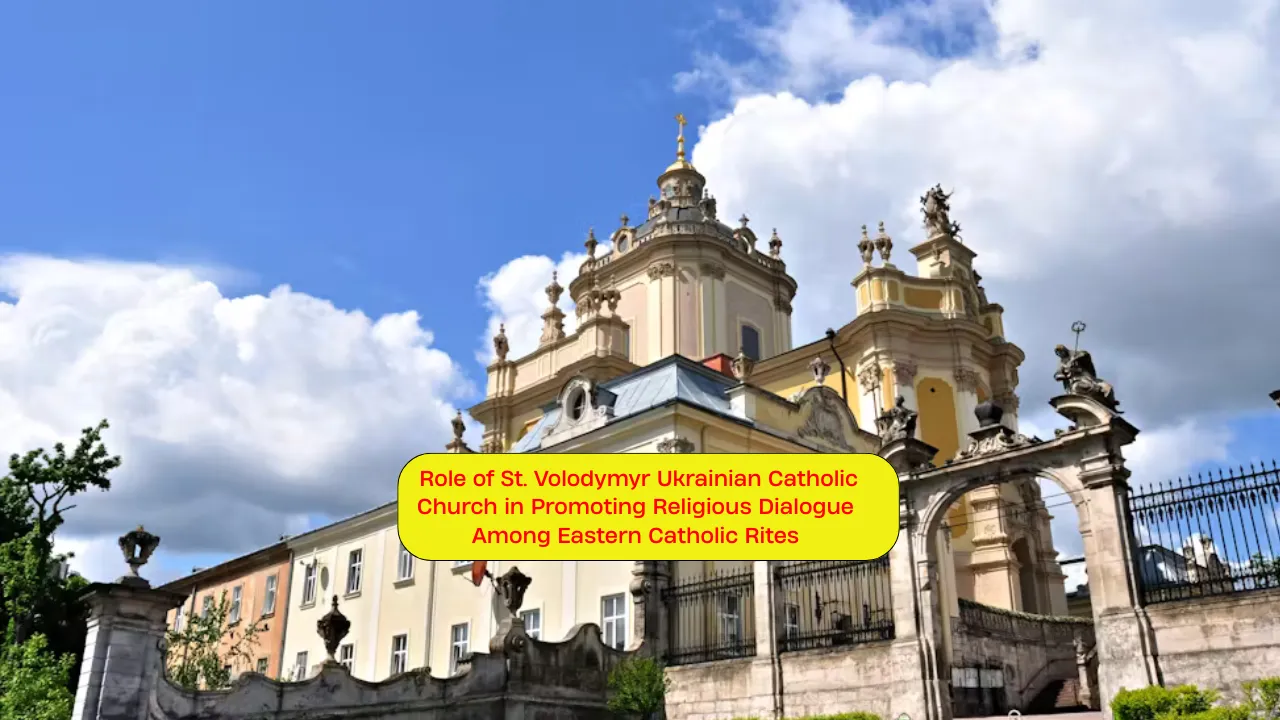St. Volodymyr Ukrainian Catholic Church is more than just a house of worship; it’s a vital symbol of identity and resilience for the Ukrainian community around the world. As Ukrainian Catholicism spread beyond Eastern Europe, churches like St. Volodymyr became beacons for those seeking spiritual continuity in unfamiliar lands. These churches, often established by immigrants, not only nurtured faith but also safeguarded language, tradition, and history in foreign soil.
In today’s digital age, historians, technologists, and faith communities are coming together to preserve this legacy through innovation. This article explores how one of the most iconic Ukrainian Catholic churches is becoming part of a larger digital initiative aimed at tracing the growth and influence of Ukrainian Catholicism across the globe. With a focus on St. Volodymyr Ukrainian Catholic Church, we’ll examine how interactive tools and community-driven platforms are documenting the past while shaping the future of Ukrainian religious history.
St. Volodymyr Ukrainian Catholic Church: A Living Symbol of Ukrainian Faith
The significance of St. Volodymyr Ukrainian Catholic Church stretches beyond architecture and tradition. Named in honor of the historical figure who brought Christianity to Kyivan Rus’, this church is deeply tied to the spiritual foundation of Ukrainian identity. Today, it stands as a key participant in the movement to digitally preserve the story of Ukrainian Catholicism and its journey through migration. Along with other Ukrainian churches worldwide, it is now represented in a growing collection of interactive religious maps and virtual archives that chronicle the global spread of Ukrainian faith communities. This integration of heritage with technology allows new generations to experience their culture in meaningful and modern ways.
| Element | Details |
| Church Name | St. Volodymyr Ukrainian Catholic Church |
| Location | Varies globally (most known in Toronto and across North America) |
| Founded | Typically mid-20th century by Ukrainian immigrants |
| Affiliation | Ukrainian Catholic Church |
| Contribution | Religious, cultural, educational, and community support |
| Digital Role | Featured in global religious digital mapping projects |
| Purpose | To preserve Ukrainian religious heritage through modern technology |
The Historical Significance of St. Volodymyr Ukrainian Catholic Church
St. Volodymyr Ukrainian Catholic Church stands as a historical anchor for Ukrainian Catholics living outside Ukraine. Founded by immigrants fleeing war, occupation, and political unrest, this church quickly became a spiritual refuge in host countries such as Canada, the United States, and the UK. While these new lands offered safety and opportunities, the emotional connection to homeland traditions remained strong—and the church became the thread that tied old roots to new beginnings.
It was within these sacred walls that Ukrainian customs were preserved. Whether through Byzantine liturgy, Ukrainian-language services, or traditional holiday celebrations, the church kept culture alive. It offered a stable environment where religious identity could flourish in an unfamiliar world.
The Role of Technology in Preserving Religious History
The rise of digital tools has completely transformed how we preserve history. For religious communities like the Ukrainian diaspora, this shift is especially valuable. Through digital church history projects, including virtual archives and interactive religious maps, churches like St. Volodymyr Ukrainian Catholic Church are now being documented with unprecedented detail.
These tools enable people to visualize where Ukrainian churches are located globally and explore their histories, all from the comfort of a computer or smartphone. These digital platforms include photos, historical data, audio interviews, and even virtual tours, helping younger generations connect with their heritage in more accessible ways.
This also opens up opportunities for cross-community learning and collaboration. Students, scholars, and church members from different countries can now access the same shared database, enhancing the collective knowledge about Ukrainian religious migration and development.
Benefits of Digital Mapping Projects
Digitally mapping Ukrainian Catholic churches offers many unique advantages that were previously unavailable through traditional archives. Here’s why this approach is gaining momentum:
- Preservation of Minor Churches: Many smaller Ukrainian churches, especially those in rural or aging communities, face closure or loss. Digital maps ensure their stories live on.
- Improved Accessibility: Researchers, students, and community members worldwide can instantly explore churches like St. Volodymyr Ukrainian Catholic Church without physical travel.
- Cultural Connection: The platform helps second and third-generation Ukrainians reconnect with their roots through interactive, story-rich experiences.
As technology improves, these maps will likely evolve into full-fledged educational tools used by schools, seminaries, and cultural centers.
Community Engagement Through Digital Platforms
A major reason this digital initiative is so successful is because it’s powered by community collaboration. Church communities contribute old photographs, archived bulletins, and personal stories to bring each location’s history to life. St. Volodymyr Ukrainian Catholic Church has already played a significant role by sharing its historical archives and encouraging parishioners to submit family memories.
This grassroots involvement ensures that the content remains authentic and emotionally rich. It’s not just historians documenting facts—it’s families telling their stories. This community-powered effort gives ownership to the people whose lives have been shaped by these religious institutions, adding depth and personal value to the historical record.
Key Features of the Interactive Mapping Initiative
- Geo-located Church Listings: Users can find Ukrainian churches worldwide, including St. Volodymyr Ukrainian Catholic Church, by navigating digital maps categorized by location, date, or region.
- Multimedia Integration: Maps include historical records, parish photos, scanned documents, and audio testimonies for immersive educational experiences.
These features not only make the project informative but also enjoyable, particularly for those who might not normally engage with academic history.
Why St. Volodymyr Church Matters in the Larger Story
The importance of St. Volodymyr Ukrainian Catholic Church in this broader narrative cannot be overstated. As one of the better-known Ukrainian churches in the diaspora, its influence stretches far beyond its local community. It represents the journey of an entire generation who carried their faith across oceans, rebuilt their lives, and helped shape a new form of Ukrainian religious heritage abroad.
By being part of the digital preservation movement, St. Volodymyr not only safeguards its own story but also sets an example for other parishes. It reminds us that embracing technology doesn’t mean abandoning tradition—instead, it offers a new way to honor it.
Future Goals for Digital Ukrainian Catholic History Projects
The long-term vision for these projects includes expanding the database to include hundreds more churches, particularly those in under-documented regions like South America, Australia, and Eastern Europe. There’s also a plan to create educational packages and mobile apps that integrate with religious education programs and heritage courses.
For churches like St. Volodymyr Ukrainian Catholic Church, this means an even greater opportunity to share their message, educate future generations, and continue playing a central role in preserving Ukrainian faith communities around the world.
FAQs
1. What is the main role of St. Volodymyr Ukrainian Catholic Church today?
It serves as a religious and cultural hub for the Ukrainian diaspora, preserving traditions while adapting to modern needs.
2. How are Ukrainian churches being digitally mapped?
By using technology like GPS, digital archives, and multimedia uploads to document and share each church’s history.
3. Who contributes to these digital church projects?
Church members, historians, technologists, and community volunteers all play a role in submitting content and organizing data.
4. Why is digital preservation important for religious history?
It ensures that valuable heritage is not lost, especially as older generations pass and churches close.
5. Can anyone access the interactive church maps?
Yes, most platforms are free to use and open to the public, encouraging global engagement with Ukrainian religious history.
Final Thought:
The story of St. Volodymyr Ukrainian Catholic Church is a powerful reminder of how faith, culture, and history can endure through change. By participating in digital mapping initiatives, this church and many others are ensuring that their stories are not only remembered but actively explored by future generations. Whether you’re part of the Ukrainian diaspora, a student of history, or simply curious about religious heritage, there’s never been a better time to engage. Visit the digital maps, contribute your story, or explore related content to keep this legacy alive.
